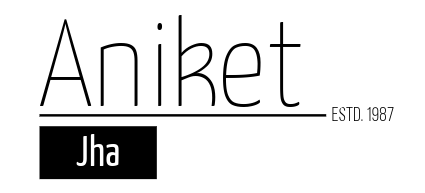Setting boundaries in project management is crucial for maintaining efficiency, preventing burnout, and ensuring that the project manager and their team can focus on their core responsibilities. Without clear boundaries, project managers risk becoming bottlenecks, slowing down operations, and getting involved in activities that do not align with their primary objectives.
Importance of Setting Boundaries in Project Management
- Focus on Core Responsibilities
Project managers need to concentrate on planning, executing, and closing projects successfully. Distractions from unrelated tasks can dilute their focus and reduce the quality of project outcomes.
- Preventing Burnout
Constantly being pulled into tasks outside of project management can lead to burnout. By setting boundaries, project managers can manage their workload better, ensuring they have the energy and resources to lead their teams effectively.
- Enhancing Efficiency
Clear boundaries help in streamlining processes and reducing unnecessary interference. This enhances overall efficiency and ensures that project timelines and budgets are adhered to.
- Avoiding Bottlenecks
When project managers get involved in non-project related tasks, they can unintentionally become bottlenecks, slowing down both the project and other operations. Boundaries ensure that tasks are handled by the appropriate teams, keeping workflows smooth.
- Maintaining Professional Relationships
Setting boundaries fosters respect and understanding among teams. It clarifies roles and responsibilities, reducing potential conflicts and misunderstandings.
Best Ways to Communicate Boundaries
- Define Roles and Responsibilities Clearly
Clearly outline the roles and responsibilities of each team member at the start of the project. Document these roles in a project charter or scope document that can be referred to throughout the project lifecycle.
- Regular Communication and Meetings
Hold regular meetings with stakeholders and other teams to discuss project progress and any potential overlaps. Use these meetings to reiterate boundaries and address any concerns promptly.
- Create a RACI Matrix
A Responsibility Assignment Matrix (RACI) helps in defining who is Responsible, Accountable, Consulted, and Informed for each task. This matrix can be a powerful tool to set and communicate boundaries effectively.
- Use Clear and Concise Language
When communicating boundaries, be clear and concise. Avoid jargon and be direct about what is within the project’s scope and what is not. Ensure that everyone understands the limitations and reasons behind them.
- Encourage Open Dialogue
Foster an environment where team members feel comfortable discussing boundary issues. Encourage them to voice concerns if they feel their tasks are being encroached upon or if they are being asked to do tasks outside their scope.
Conclusion
Setting and communicating boundaries in project management is essential for maintaining efficiency, focus, and healthy professional relationships. By clearly defining roles and responsibilities, regularly communicating with stakeholders, and using tools and frameworks to support these boundaries, project managers can prevent bottlenecks and ensure their projects run smoothly. Effective boundary setting not only enhances project success but also contributes to a more organised and harmonious work environment.
Image credit: Image by Freepik




